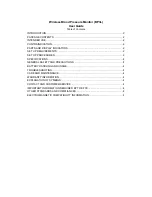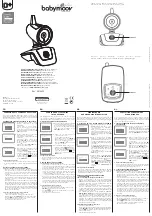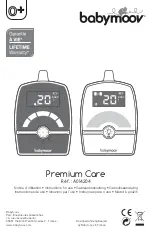
Technical Supplement
S- 5
S4.2
DETAILED CIRCUIT ANALYSIS
The following paragraphs discuss the operation of each of the printed circuit
boards within the N -3100 blood pressure monitor. (Refer to the appropriate
schematic diagram at the end of this appendix, as necessary.)
S4.2.1 UIF/Power Supply Module
The UIF module, located on the UIF/Power Supply PCB, provides power to
the other modules within the N-3100 and controls communication between
each module.
Serial Communications
UIF/Power Supply Board
HC16
CPU
Serial Communications
External Stackbus
Blood Pressure
Module
Display
Module
Blood Pressure
Module
Docking
Connector
N-3000
COM
20020
Figure S4-2 Internal/External Bus Connections
S4.2.1.1 Microprocessor
The primary microprocessor for this board is U3, a Motorola MC68HC16Z1
IC, also referred to as the HC16. This microprocessor uses a 16-bit CPU and
contains several submodules, including A/D converters, pulse width
modulators, internal RAM, and a queued serial module. The microprocessor
also contains a non-multiplexed data/address bus and input/output timer
pins. A synthesized clock signal is produced using the signal from Y2, a
32.768 kHz crystal. Software determines the operating clock frequency.
Queued Serial Module
The queued serial module (QSM) provides the microcontroller unit with two
serial communication interfaces divided into two submodules, the queued
serial peripheral interface and the serial communications interface (SCI). The
queued serial peripheral interface submodule is used to communicate to the
following four different devices:
•
a real-time clock on the UIF board
•
a serial EEPROM on the UIF board
•
a PIC microprocessor on the Display board
•
the display drivers on the Display board







































